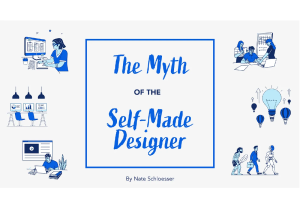- Artificial Intelligence, Content and Copy, Contextual User Studies, Personal and Professional Development, Technology for the Common Good, UX Magazine
In a study of business professionals using ChatGPT to write business documents, task time decreased, while rated quality improved substantially.
Article by Jakob Nielsen
ChatGPT Lifts Business Professionals’ Productivity and Improves Work Quality
- The article discusses the accuracy and reliability concerns raised by the introduction of ChatGPT and similar AI tools based on a recent study by Shakked Noy and Whitney Zhang from MIT.
- While there is a need to ensure the accuracy and reliability of AI-generated output, the study highlights the potential of these tools for enhancing human productivity and quality in professional settings.
Share:ChatGPT Lifts Business Professionals’ Productivity and Improves Work Quality
Share this link
- May 4, 2023
9 min read







